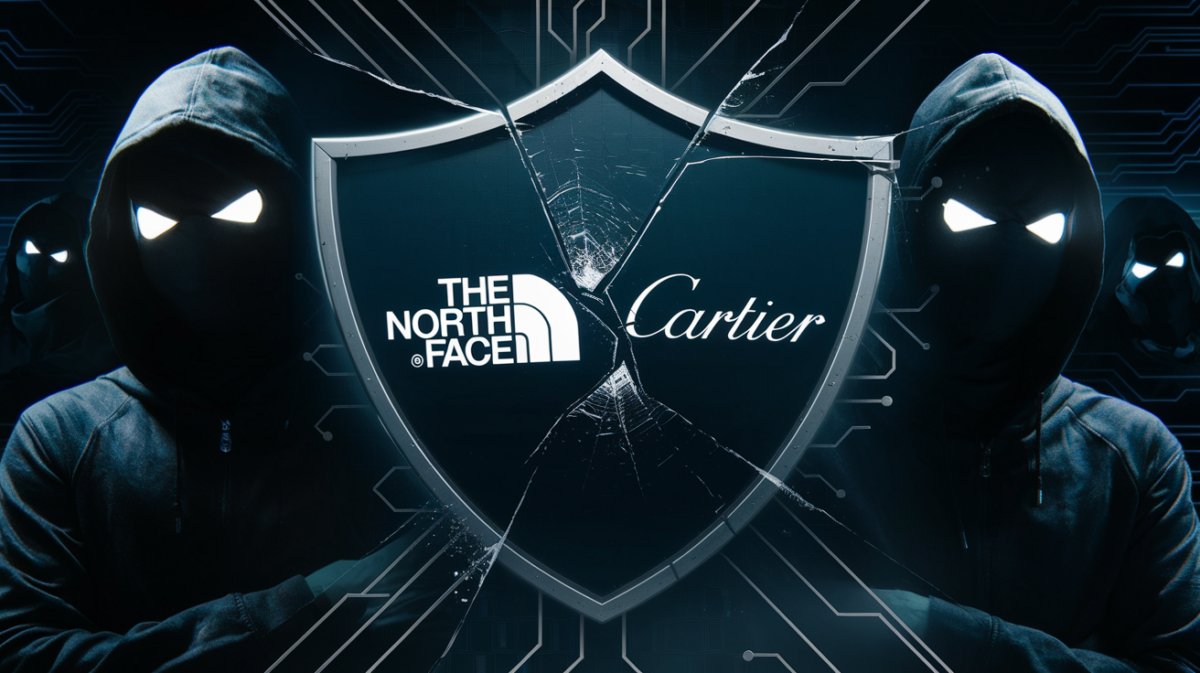In a troubling development for the retail sector, two high-profile brands, The North Face and Cartier, have fallen victim to cyberattacks, exposing sensitive customer data. These incidents highlight the growing threat of cybercrime and the urgent need for robust security measures in the industry.
The North Face Cyberattack: Credential Stuffing Exposes Data
In late July 2022, The North Face, a leading outdoor apparel brand, was targeted in a large-scale credential stuffing attack. Cybercriminals exploited stolen usernames and passwords from previous breaches to gain unauthorized access to nearly 195,000 customer accounts. The breach was detected on August 11, 2022, and contained by August 19, 2022.
What Data Was Compromised?
- Full names
- Purchase history
- Billing and shipping addresses
- Telephone numbers
- Account creation dates
- Genders
- XPLR Pass reward records
Fortunately, payment details such as credit card information remained secure, as The North Face does not store this data directly. Instead, the company uses a token system linked to a third-party payment processor.
How The North Face Responded
The company took swift action to mitigate the damage:
- Reset all user passwords
- Removed payment card tokens from affected accounts
- Advised customers to use strong, unique passwords
- Encouraged monitoring for suspicious activity
Cartier Cyberattack: Limited Data Exposure
On June 3, 2025, Cartier, the luxury jewelry giant, reported a cyberattack where an unauthorized party briefly accessed its systems. The breach resulted in the theft of limited customer data, including:
- Names
- Email addresses
- Countries of residence
Cartier confirmed that no passwords, credit card details, or banking information were compromised. The company has since bolstered its cybersecurity protocols and notified relevant authorities.
Comparing the Two Cyberattacks
| Company | Type of Attack | Data Exposed | Response |
|---|---|---|---|
| The North Face | Credential stuffing | Personal and purchase data | Password resets, token removal |
| Cartier | Unauthorized system access | Basic customer details | Enhanced security measures |
Why These Attacks Matter
The breaches at The North Face and Cartier are part of a worrying trend targeting retail and luxury brands. While financial data often remains secure, the exposure of personal information can still lead to phishing scams, identity theft, and other malicious activities.
Key Takeaways for Consumers
- Use unique passwords: Avoid reusing passwords across multiple sites.
- Enable two-factor authentication (2FA): Adds an extra layer of security.
- Monitor accounts: Regularly check for unauthorized transactions or changes.
- Stay informed: Follow updates from companies about potential breaches.
Looking Ahead: Cybersecurity in Retail
As cyber threats evolve, companies must prioritize advanced security measures, including:
- Regular security audits
- Employee training on phishing and scams
- Partnerships with cybersecurity experts
For consumers, vigilance is key. By adopting best practices, individuals can reduce their risk of falling victim to cybercrime.
Final Thoughts
The cyberattacks on The North Face and Cartier serve as a stark reminder of the vulnerabilities in today’s digital landscape. While both companies acted swiftly to contain the breaches, the incidents underscore the need for continuous improvement in cybersecurity strategies across the retail sector.







